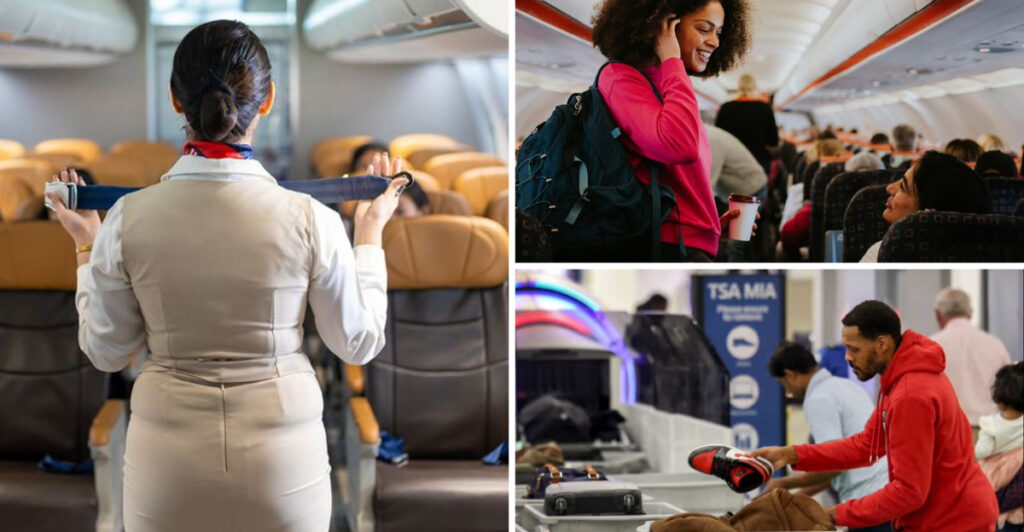Flight attendants are trained to keep a watchful eye on the passengers and environment within an aircraft. From subtle cues to unexpected behaviors, they notice more than we might think. Here are 17 things flight attendants pay attention to, which may surprise you.
1. Passenger Footwear Choices
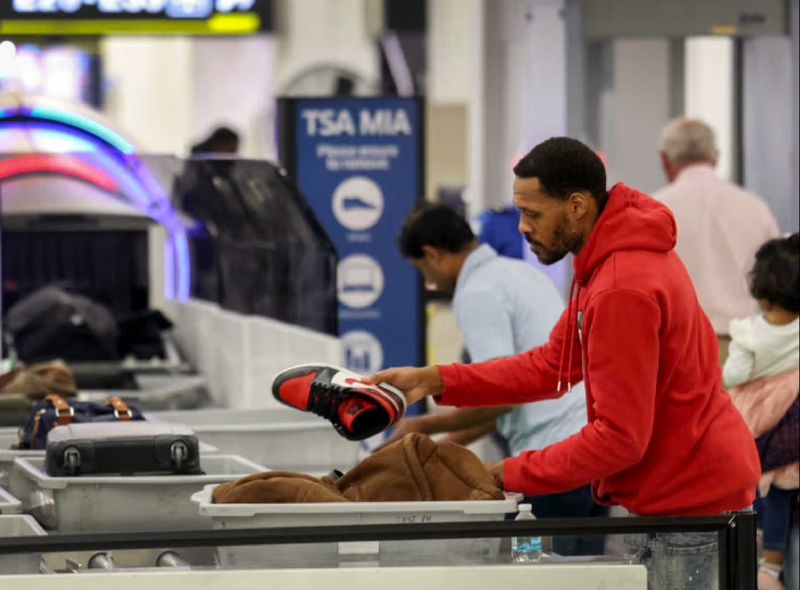
Ever wondered why flight attendants glance at your feet? They often observe footwear to gauge a passenger’s level of preparedness in case of an emergency. Practical shoes suggest you’re ready to move quickly if needed.
Conversely, high heels or flip-flops might raise an eyebrow, indicating potential challenges during an evacuation. It’s a detail that speaks volumes about a traveler’s readiness.
Choosing sensible shoes can be a subtle signal of a seasoned traveler. The next time you fly, consider what your shoes might say about you.
2. Unusual Odors
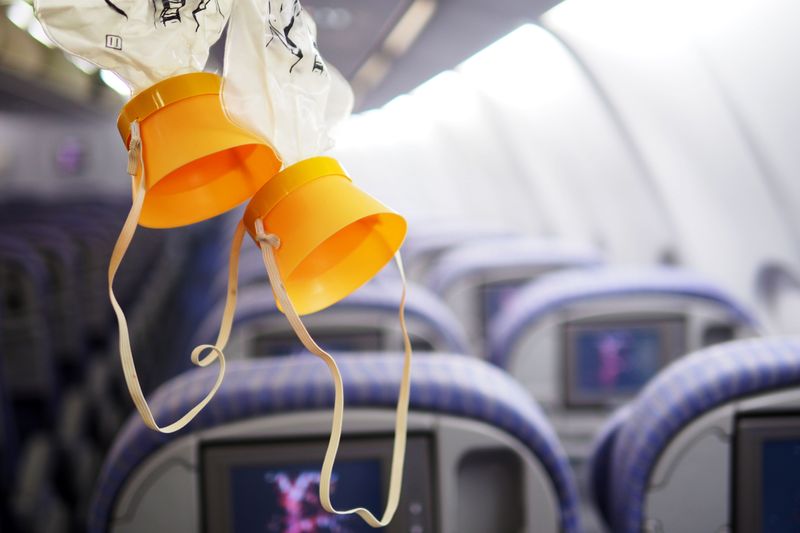
The air in an airplane is recirculated, making the detection of unusual odors crucial. Flight attendants are trained to identify smells that could signal mechanical issues or health hazards.
In some cases, an odd smell might indicate a minor issue, like burnt food. However, it could also alert crew to smoke or chemical leaks. Vigilance in this area ensures passenger safety.
An unexpected odor can prompt immediate action, underscoring the importance of a flight attendant’s keen senses.
3. How Passengers Handle Luggage
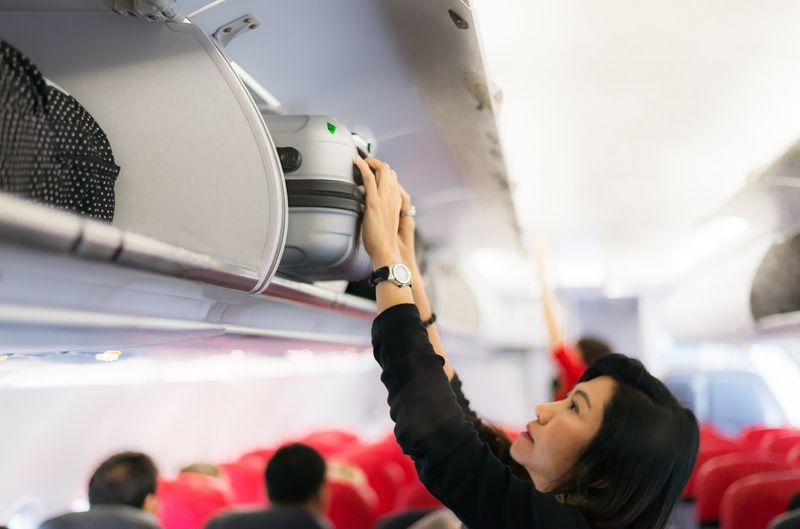
Handling your luggage with ease? Flight attendants notice how passengers manage their bags. Struggling can indicate inexperience or overpacking, potentially delaying boarding.
Navigating the aisle gracefully with luggage suggests a seasoned traveler. It’s a subtle cue that can affect the flow of boarding and overall flight experience.
Efficient luggage handling reflects on a passenger’s travel savvy, making the journey smoother for everyone involved.
4. Passenger Interaction with Crew
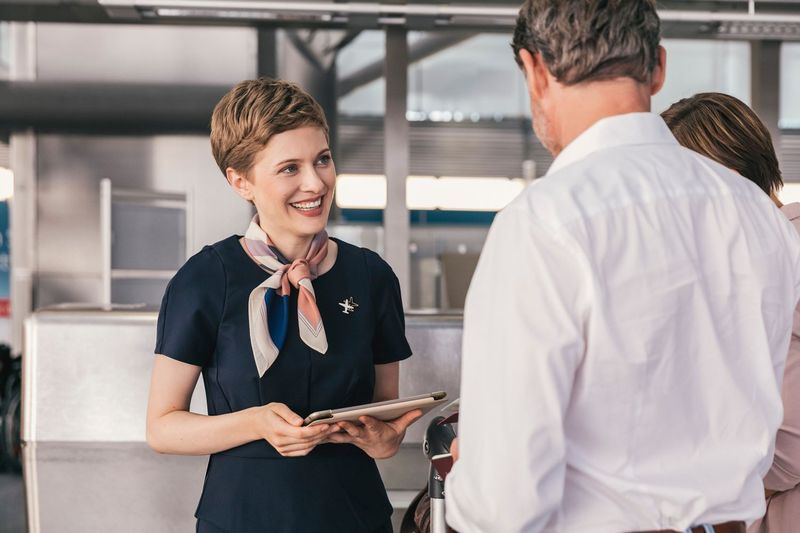
Do you greet the flight attendants warmly? Your interaction with the crew doesn’t go unnoticed. Kindness can set a positive tone for your personal flying experience and the flight crew’s day.
A friendly demeanor often leads to better service, whereas rudeness might result in less attention. Flight attendants appreciate passengers who make their demanding job a bit brighter.
A simple smile or thank you can transform your journey, fostering goodwill in the sky.
5. Pre-Flight Safety Awareness
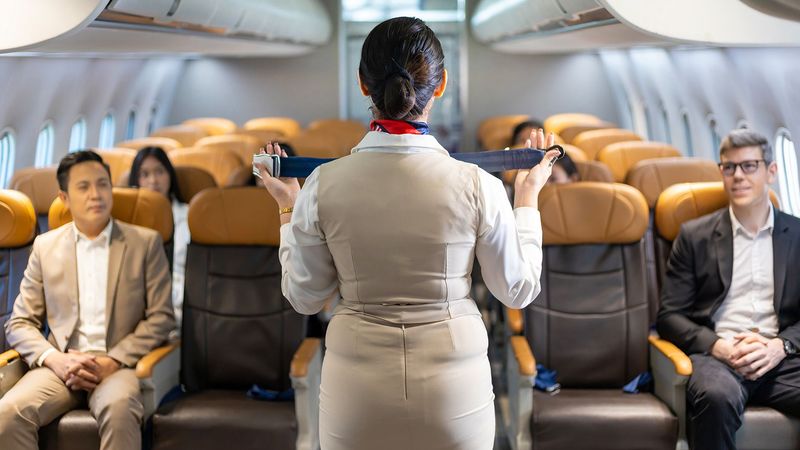
Listening to the safety briefing might seem routine, but flight attendants value your attention. They notice who tunes in and who tunes out.
Ignoring these instructions could mean missing critical safety information. Engaged passengers demonstrate respect and responsibility.
Being aware of safety protocols reflects a conscientious traveler, prepared for the unexpected. It’s a small, yet significant, act of mindfulness.
6. Passenger Comfort Strategies
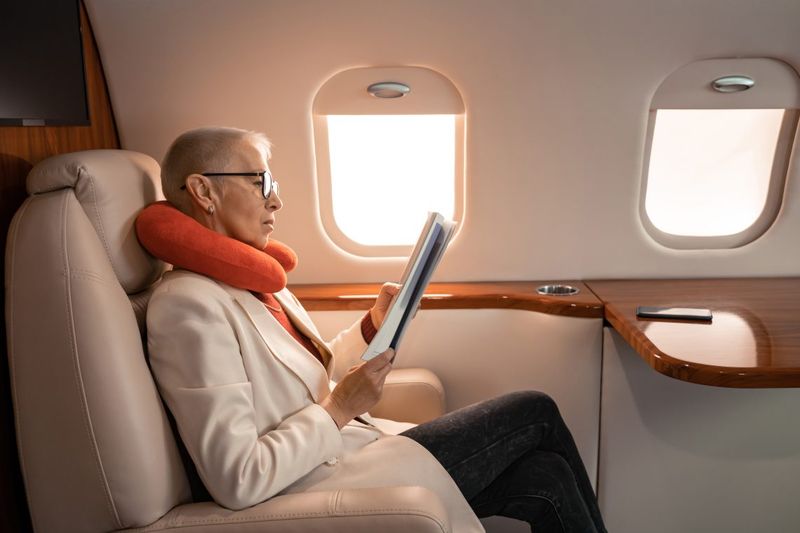
Settling in for a long flight often involves creating a personal comfort zone. Flight attendants notice passengers who bring neck pillows, books, or other comfort items.
These choices can indicate frequent flyers who know how to make a flight enjoyable. Conversely, those who appear restless may not be as accustomed to long journeys.
Comfort strategies often correlate with travel experience, providing insight into a passenger’s flying habits.
7. Social Dynamics Among Passengers
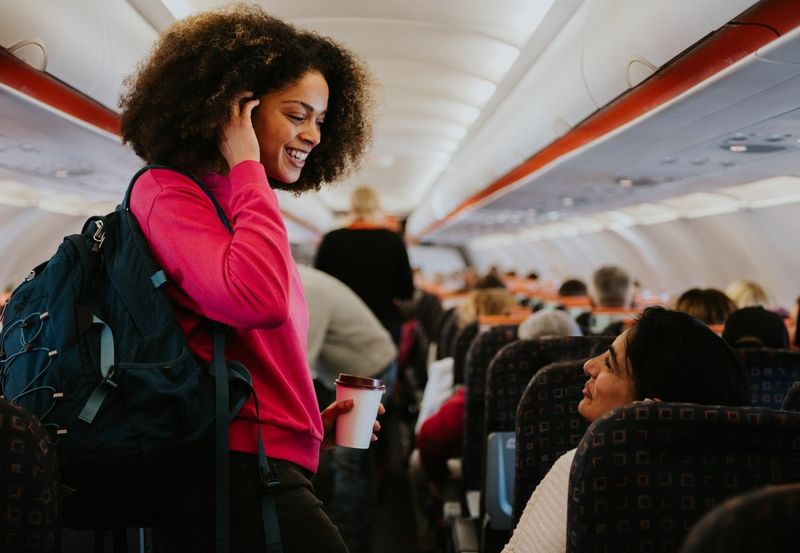
Flight attendants are adept at observing group dynamics among passengers. They notice who is traveling together and how they interact.
Friendly groups can enhance the flight atmosphere, while tension or conflict can require crew intervention. Observing these dynamics helps manage the cabin environment.
Understanding social interactions aids in ensuring a harmonious experience for everyone on board.
8. Hydration Habits
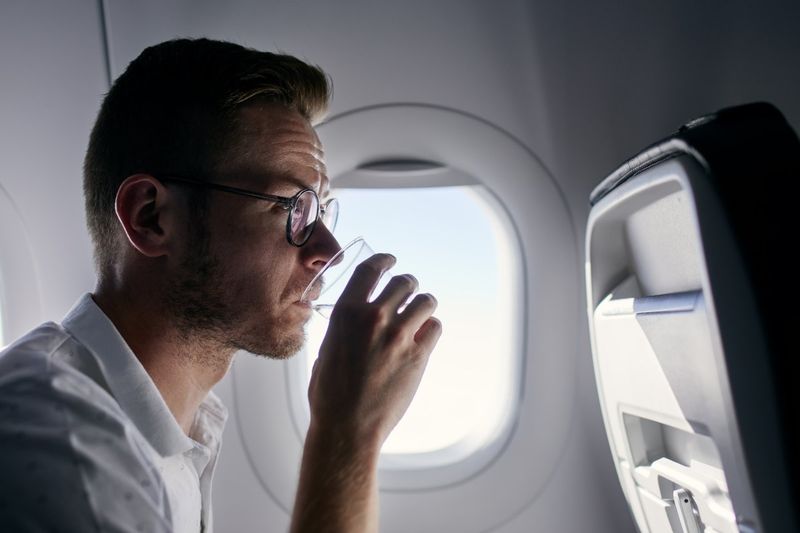
Staying hydrated is essential during flights, and flight attendants keep an eye on passenger hydration habits. Proper hydration can reduce fatigue and discomfort.
Passengers who frequently request water or bring their own bottles are seen as health-conscious travelers. In contrast, those consuming excessive alcohol might raise concerns.
Hydration awareness is a sign of a mindful traveler, attentive to their well-being during the journey.
9. In-Flight Entertainment Choices
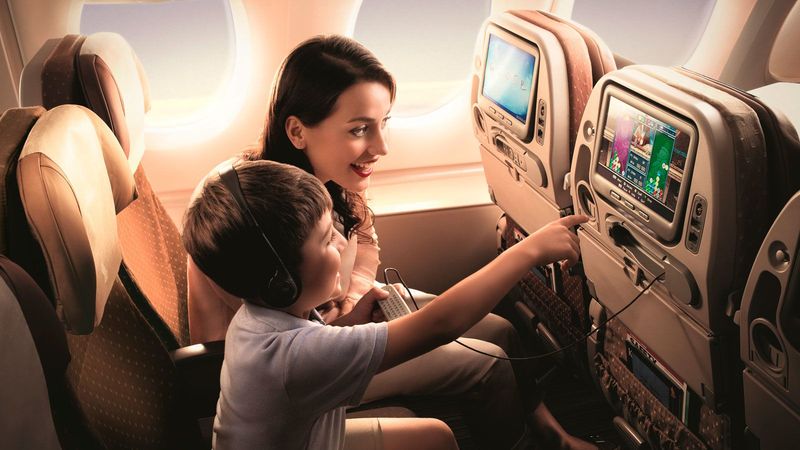
Curious about a fellow traveler’s choice in movies or music? Flight attendants notice what passengers choose for in-flight entertainment, as it can reflect personality and mood.
Some passengers dive into work, while others opt for light-hearted films or melodious playlists. These choices often provide a glimpse into a traveler’s preferences.
Entertainment choices add a personal touch to the travel experience, making each journey uniquely enjoyable.
10. Passenger Restfulness or Alertness
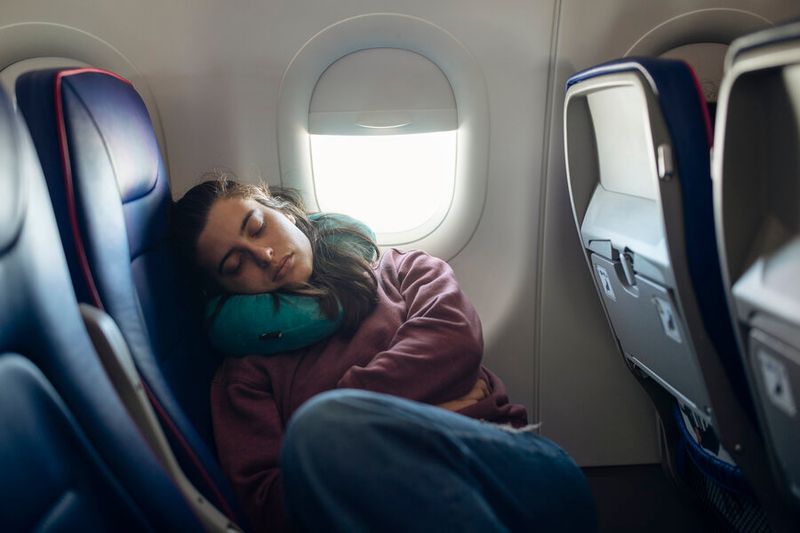
Ever feel watched during a nap? Flight attendants pay attention to passengers’ restfulness or alertness. A sleeping passenger is usually content, while those who struggle to rest might need assistance.
Observing rest patterns helps crew members anticipate needs, such as offering a pillow or adjusting lighting.
Understanding passenger comfort aids in providing personalized service, ensuring a restful flight for all.
11. Dining Preferences and Dietary Restrictions
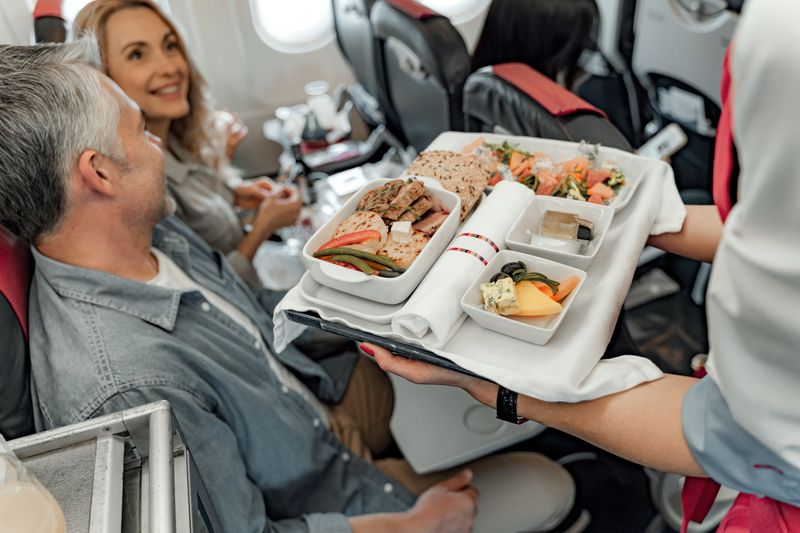
Are you particular about your meal choice? Flight attendants take note of dining preferences and dietary restrictions, ensuring satisfaction and safety.
Passengers opting for special meals often exhibit conscientious care for their health. Dietary requests also highlight cultural diversity and personal beliefs.
Understanding these preferences allows flight attendants to provide tailored service, enhancing the dining experience onboard.
12. Use of In-flight Amenities
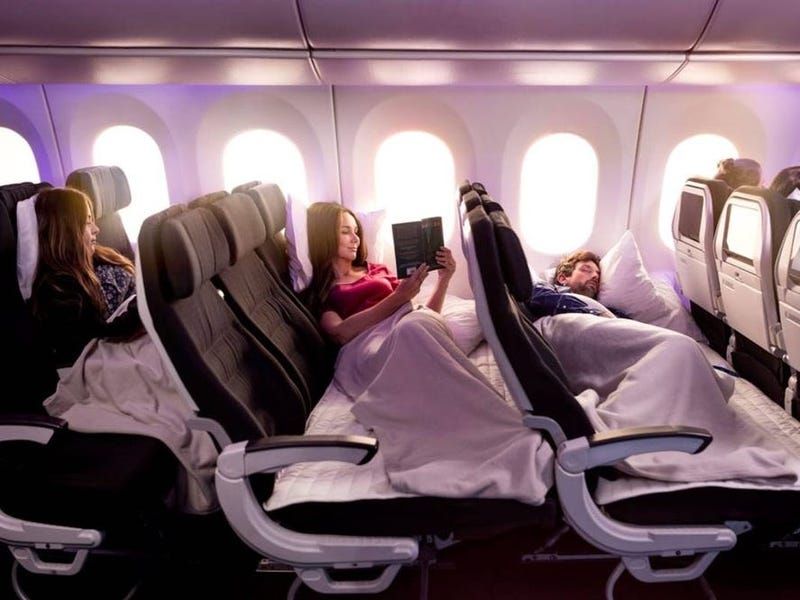
Ever wonder who uses the amenities? Flight attendants notice how passengers utilize in-flight services, like lavatories or blankets.
Frequent amenities use might indicate long-haul travelers or those needing extra comfort. Observing these habits helps crew manage resources efficiently.
Awareness of amenity usage contributes to a smoother flight, catering to diverse passenger needs.
13. Passenger Anxiety Levels
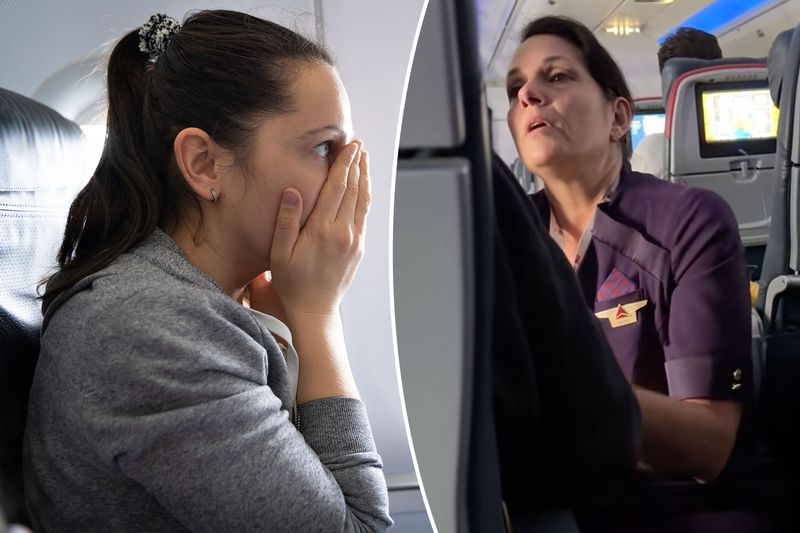
Flight anxiety is common, and attendants are trained to spot signs of nervousness. Observing body language helps identify passengers who may need reassurance.
A calm word or gesture from the crew can ease tension, making the journey more pleasant for anxious travelers.
By tuning into passenger emotions, flight attendants can offer personalized support, ensuring a comfortable trip.
14. Observance of Personal Space
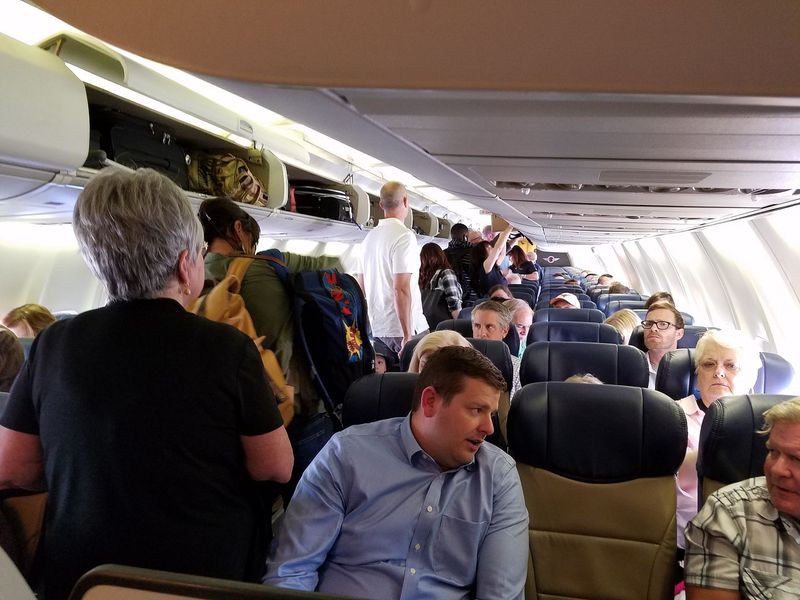
Respect for personal space is crucial, especially in confined quarters. Flight attendants notice how passengers handle shared spaces and overhead storage.
Considerate actions, like careful storage of baggage, indicate respect for fellow travelers, promoting a peaceful cabin environment.
Mindfulness of space fosters a sense of community, enhancing the flight experience for everyone on board.
15. Response to Turbulence

How do you react to turbulence? Flight attendants observe passengers’ responses to ensure comfort and safety.
Those who remain calm help maintain a composed atmosphere, while visibly anxious passengers may receive extra attention from the crew.
Understanding reactions to turbulence allows flight attendants to provide appropriate support, ensuring smooth and safe travel.
16. Cleanliness and Tidiness
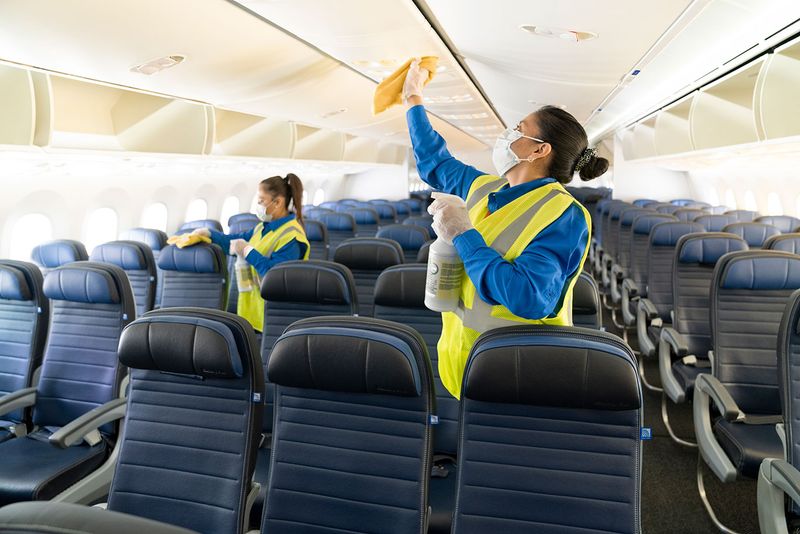
Keeping a tidy space? Flight attendants appreciate passengers who maintain cleanliness, using sanitizers and organizing their area.
A neat passenger contributes to hygiene and comfort, important in shared environments like airplanes.
Observing tidiness reflects on a passenger’s respect for shared spaces, enhancing the overall travel experience.
17. Adherence to Flight Protocols
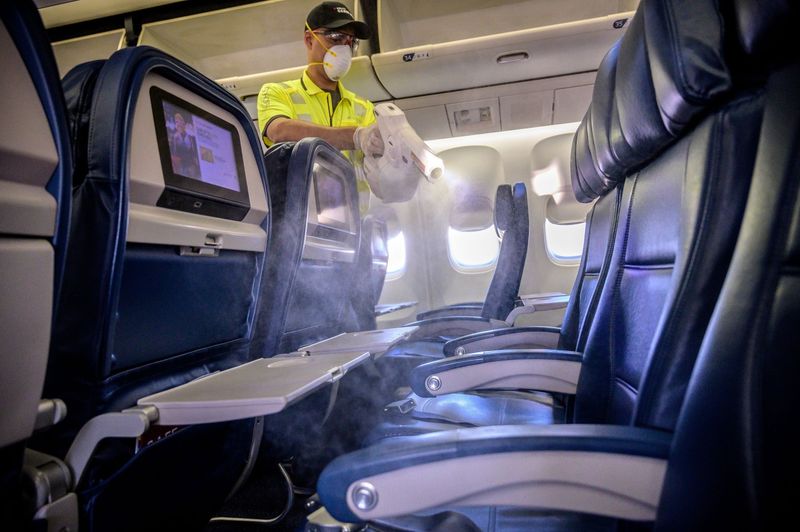
Watching over safety protocols? Flight attendants note compliance with rules like seatbelt fastening and electronic device usage.
Adherence to these protocols demonstrates respect for safety and crew instructions, crucial for a smooth flight.
By following guidelines, passengers contribute to a safe and pleasant journey, valued by both crew and fellow travelers.

